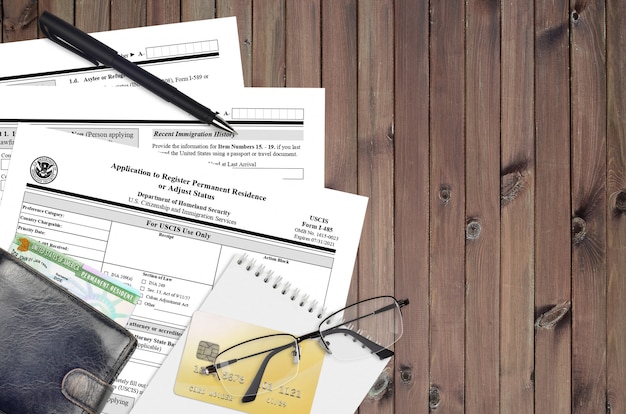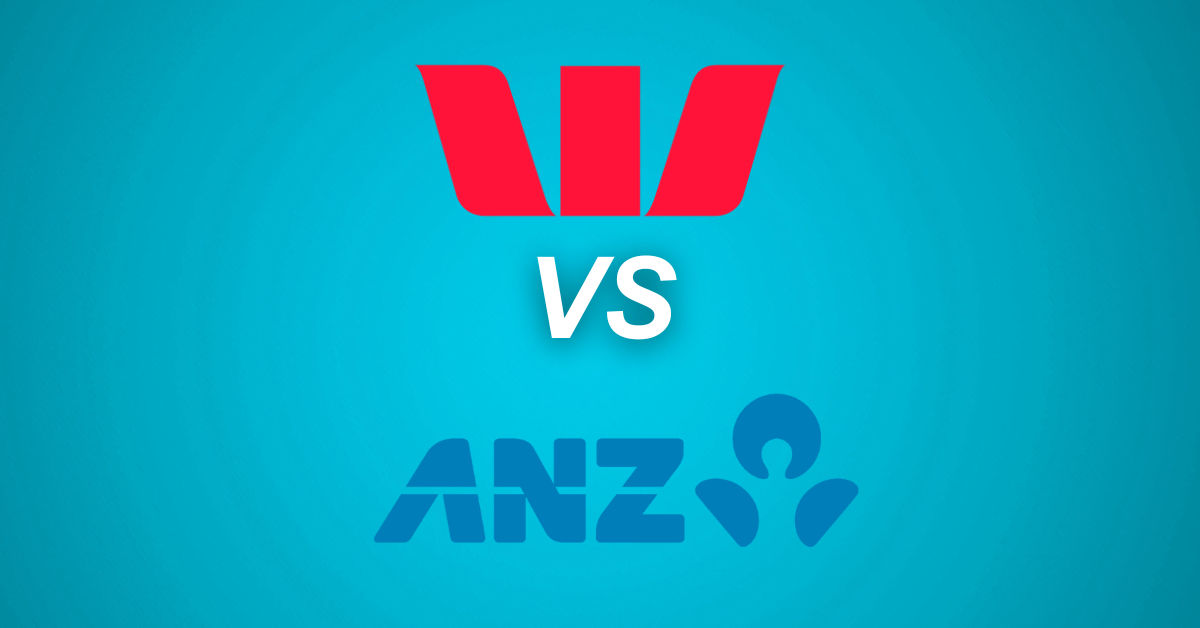Navigating the financial intricacies of running a small business can be challenging, but understanding the instant asset write-off can provide a significant tax break that empowers growth.
This tax deduction, available to eligible businesses, allows for immediate write-off on the purchase of new or second-hand assets, boosting cash flow and enabling strategic financial planning.
For many small to medium-sized business owners and their financial advisors, the instant asset write-off has become a crucial tool in managing expenses and optimizing tax benefits.
In this article, we will explore how this AUS tax benefit can be leveraged to support your business’s financial health and success.
Whether you’re an entrepreneur or a seasoned accountant, gaining a clear understanding of this opportunity is essential for making informed financial decisions.

The instant asset write-off is a crucial tax incentive for small businesses in Australia. This section will explore its definition, eligibility criteria, and key benefits.
Definition and Purpose
The instant asset write-off is a tax deduction that allows businesses to claim immediate deductions for asset purchases. Its primary purpose is to stimulate economic growth and support small businesses.
This incentive encourages businesses to invest in new equipment and technology. By allowing immediate deductions, it improves cash flow and reduces tax liabilities.
The instant asset write-off has evolved over time, with changes to thresholds and eligible business sizes. It’s designed to be flexible, adapting to economic conditions and business needs.
Eligibility Criteria
To qualify for the instant asset write-off, businesses must meet specific criteria. These criteria ensure the incentive targets those who need it most.
Key eligibility factors include:
-
Business size (typically small to medium enterprises)
-
Annual turnover (below a specified threshold)
-
Asset type and cost (must be within the current threshold)
It’s important to note that eligibility can change. Business owners should stay informed about current rules and thresholds to make the most of this opportunity.
Key Benefits for Businesses
The instant asset write-off offers several advantages for small businesses. These benefits can have a significant impact on financial health and growth potential.
Improved cash flow: By claiming the full deduction immediately, businesses can reduce their tax liability and free up cash for other purposes.
Encourages investment: The incentive motivates businesses to upgrade equipment and technology, potentially improving productivity and competitiveness.
Simplifies accounting: Writing off assets instantly can simplify depreciation calculations and reduce ongoing administrative tasks.
Tax Deductions Explained
Understanding how tax deductions work is essential for maximizing the benefits of the instant asset write-off. This section will break down the mechanics and strategies for optimal use.
How Deductions Work
Tax deductions reduce your taxable income, lowering the amount of tax you owe. The instant asset write-off allows for immediate deduction of eligible asset purchases.
When you buy an eligible asset, you can claim its full cost as a deduction in the same financial year. This differs from traditional depreciation, where the cost is spread over several years.
The deduction is claimed on your tax return, reducing your taxable income for that year. This can result in a lower tax bill or even a tax refund, depending on your circumstances.
Maximizing Your Tax Deductions
To get the most out of the instant asset write-off, it’s important to plan your asset purchases strategically. Consider your business needs and financial situation carefully.
Tips for maximizing deductions:
-
Time purchases near the end of the financial year for immediate benefits
-
Ensure assets meet current threshold and eligibility requirements
-
Keep detailed records of all purchases and their business use
Remember, the goal is to balance tax benefits with genuine business needs. Don’t buy assets solely for tax purposes if they won’t benefit your business in the long term.
Financial Planning for Asset Purchases

Strategic financial planning is key to leveraging the instant asset write-off effectively. This section will cover timing considerations and asset management strategies.
Timing Your Purchases
The timing of your asset purchases can significantly impact your tax benefits. It’s crucial to align purchases with your business cycle and tax situation.
Consider your cash flow when planning purchases. Ideally, buy assets when you have strong cash reserves or during periods of high income.
Be aware of the financial year end date. Purchases made just before June 30 can provide immediate tax benefits in that year’s return.
Strategic Asset Management
Effective asset management goes beyond tax considerations. It involves choosing the right assets for your business and maintaining them properly.
Key aspects of strategic asset management:
-
Assess your business needs and growth plans
-
Research and compare different asset options
-
Consider long-term costs, including maintenance and upgrades
Remember, the goal is to improve your business operations while maximizing tax benefits. Choose assets that will contribute to your business’s efficiency and profitability.
Small Business Tax Break Essentials
Navigating the Australian tax system can be complex for small businesses. This section will focus on key tax benefits and common pitfalls to avoid.
Navigating AUS Tax Benefits
The Australian tax system offers various benefits for small businesses. Understanding these can help you optimize your tax strategy.
Key tax benefits for small businesses in Australia:
-
Small business income tax offset
-
Lower company tax rate for eligible businesses
-
Simplified depreciation rules
It’s important to stay informed about changes to tax laws and benefits. Regular consultations with a tax professional can help ensure you’re taking advantage of all available benefits.
Common Mistakes to Avoid
When dealing with tax deductions and benefits, there are several common errors that businesses should be aware of and avoid.
One frequent mistake is misunderstanding eligibility criteria. Always double-check that your business and the asset in question meet the current requirements.
Another error is poor record-keeping. Maintain detailed records of all asset purchases, including date, cost, and business use percentage.
Lastly, don’t forget to consider the impact on future tax years. While immediate write-offs are beneficial, they may reduce deductions in subsequent years.
Expert Tips for Business Owners
Maximizing the benefits of the instant asset write-off requires a strategic approach. This section offers expert advice on leveraging tax incentives and working with financial advisors.
Leveraging Tax Incentives
To make the most of tax incentives like the instant asset write-off, it’s important to take a proactive approach to your business finances.
Start by creating a tax strategy that aligns with your business goals. This should include plans for asset purchases and upgrades.
Stay informed about changes to tax laws and incentives. Subscribe to updates from the Australian Taxation Office and relevant industry bodies.
Consider how different tax incentives can work together. For example, the instant asset write-off can be used in conjunction with other small business tax concessions.
Consulting with Financial Advisors
Working with a financial advisor or accountant can provide valuable insights and help you navigate complex tax situations.
A good advisor can help you:
-
Understand the full range of tax benefits available to your business
-
Plan asset purchases to maximize tax advantages
-
Ensure compliance with tax laws and regulations
When choosing an advisor, look for someone with experience in small business taxation and a good understanding of your industry.
Regular consultations, especially before major financial decisions, can help you stay on track and make the most of available tax benefits.




